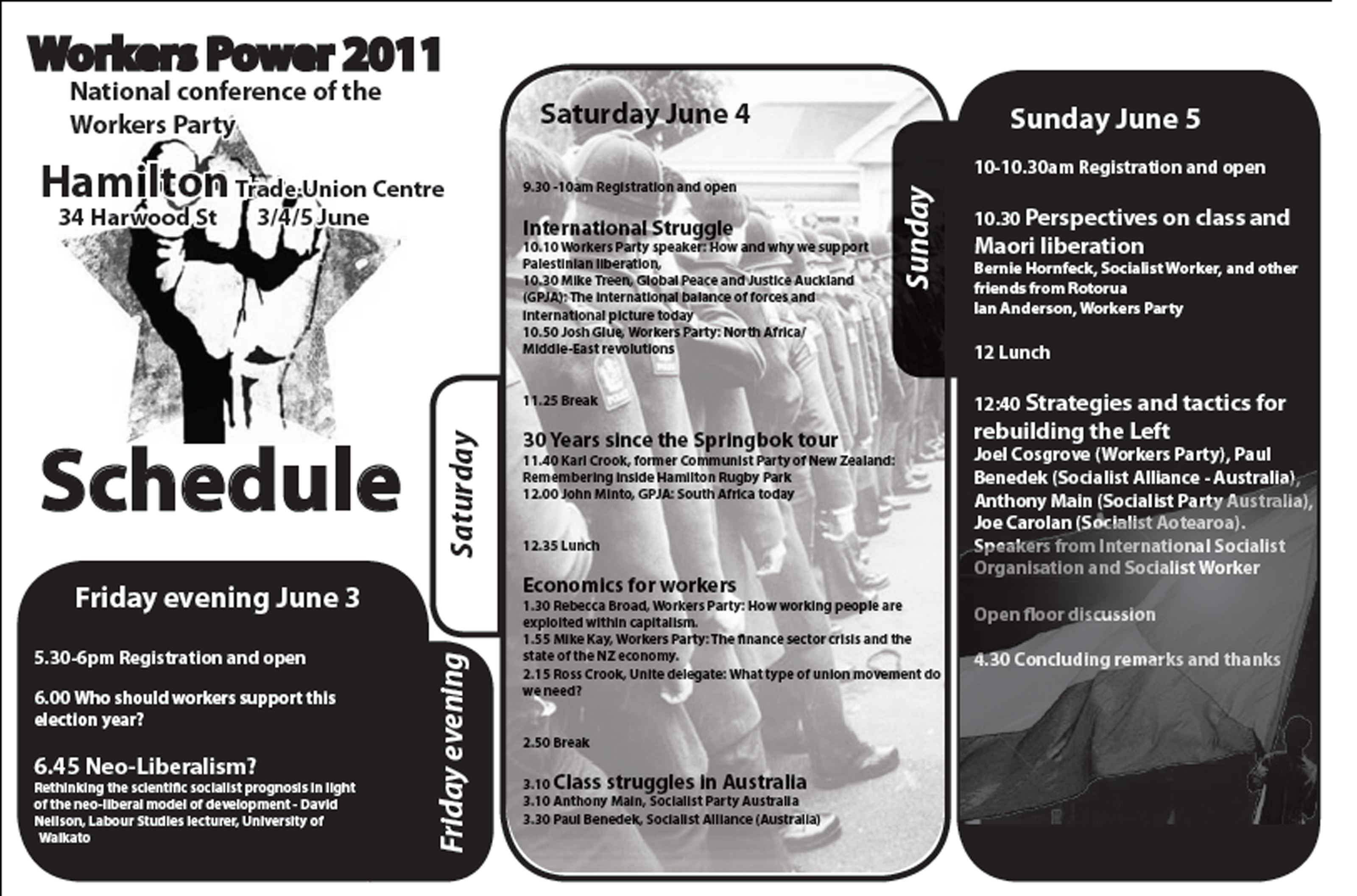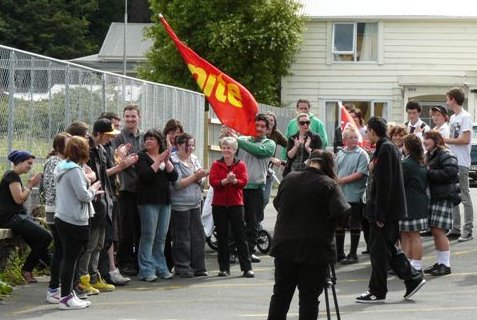The following article is an edited version of a report submitted to the Workers Party internal conference in January 2011 by its National Industrial officer Mike Kay.
General Outlook
The unemployment rate in the September 2010 year was virtually unchanged since the previous year, at 6.4%. Employment had increased by 1.8%, economic growth had been sluggish,and wage growth generally slow. (Although interestingly enough, the annual survey of CEAs by the Industrial Relations Centre at Victoria University found that for those agreements for which they could calculate an increase from June 2009 to June 2010, adult minimum wages in collectives went up by an “annualised” rate of 4.2 percent – the largest they have ever reported. This has been explained by pay rises kicking in for longer-term agreements negotiated prior to the recession.)
The Department of Labour’s Union Membership Report of March 2009 found a 3.9% increase in union membership on the previous year. Unions represented 17.9% of the total employed labour force, and 21.5% of wage/salary earners for that period. More women (59.9%) than men were union members. The most unionised sector was Health and Community Services, followed by Education; Government Administration and Defence; and Manufacturing.
There was a modest increase in work stoppages in the June 2010 year, compared to 2009’s historic low point. Twenty-nine work stoppages ended in the June 2010 year, with the estimated loss in wages and salaries $3.1 million. The number of employees involved (13,829) and the person-days of work lost (17,989) were both significantly up on the previous year. The greatest participation came from two sectors: Public administration and safety; and Health care and social assistance. The year was notable for strikes amongst white collar workers such as radiographers, secondary school teachers and staff in the Ministry of Justice.
Continue reading “Industrial Tasks and Perspectives December 2010 / Industrial Report”







